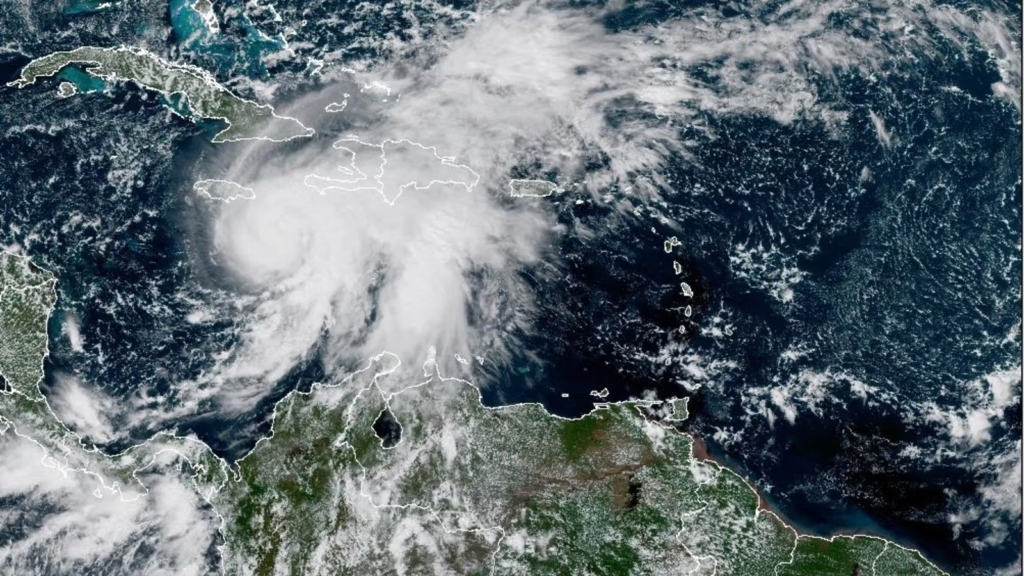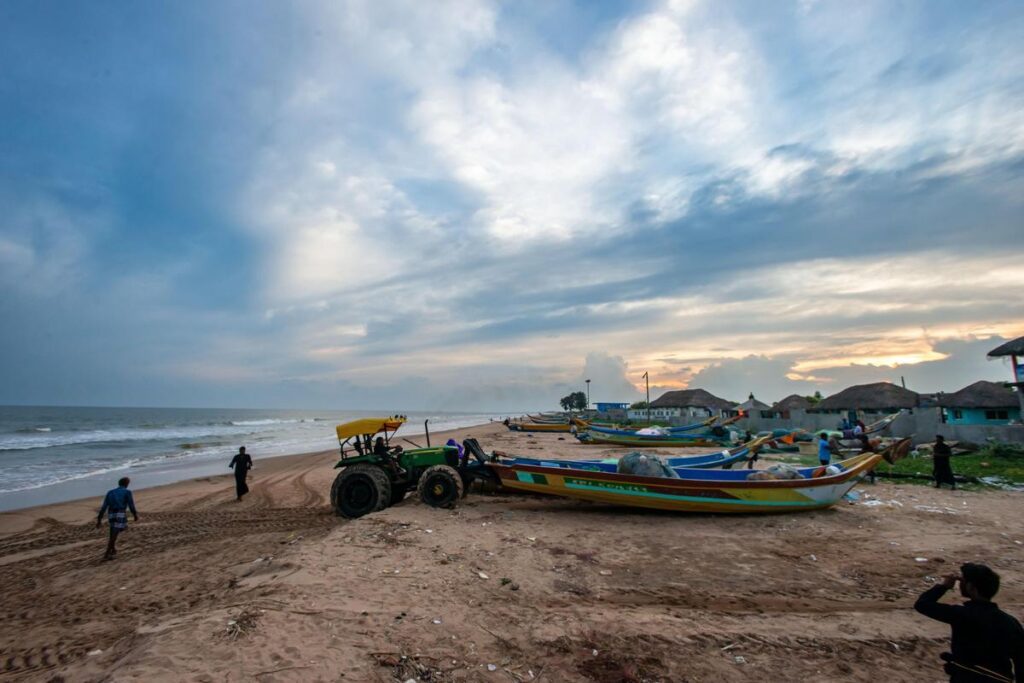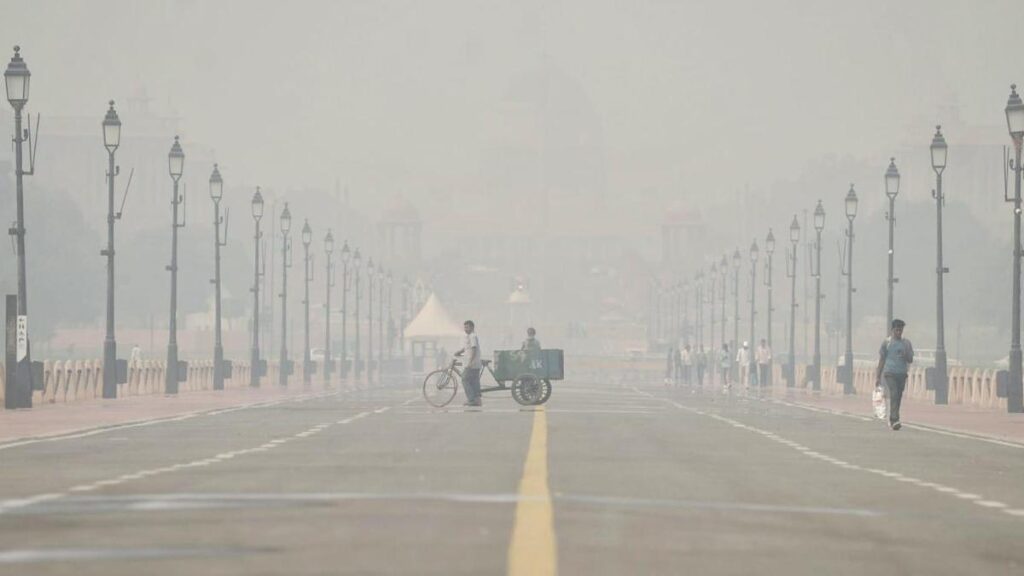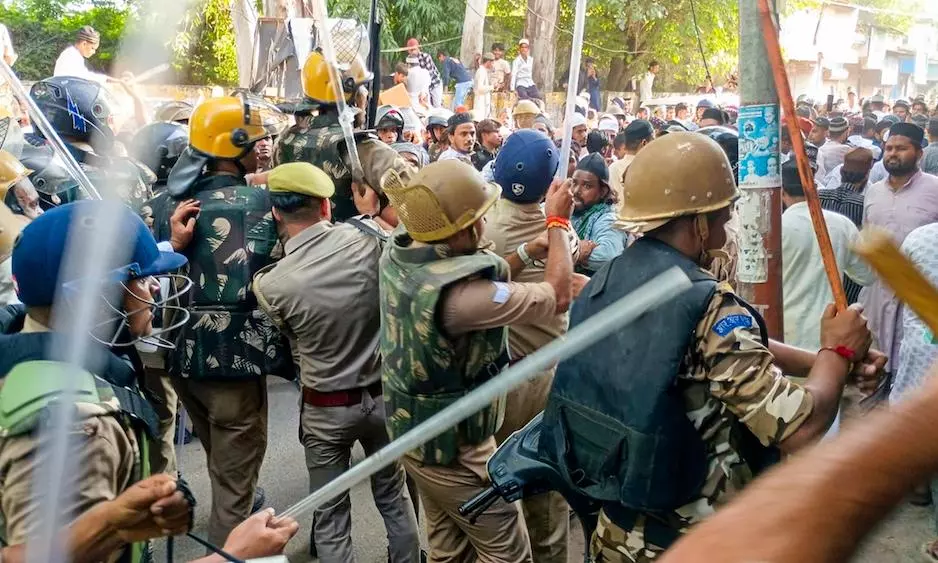Now Reading: Heavy Rain Pounds Coastal Andhra and Rayalaseema Ahead of Depression Landfall
-
01
Heavy Rain Pounds Coastal Andhra and Rayalaseema Ahead of Depression Landfall
Heavy Rain Pounds Coastal Andhra and Rayalaseema Ahead of Depression Landfall
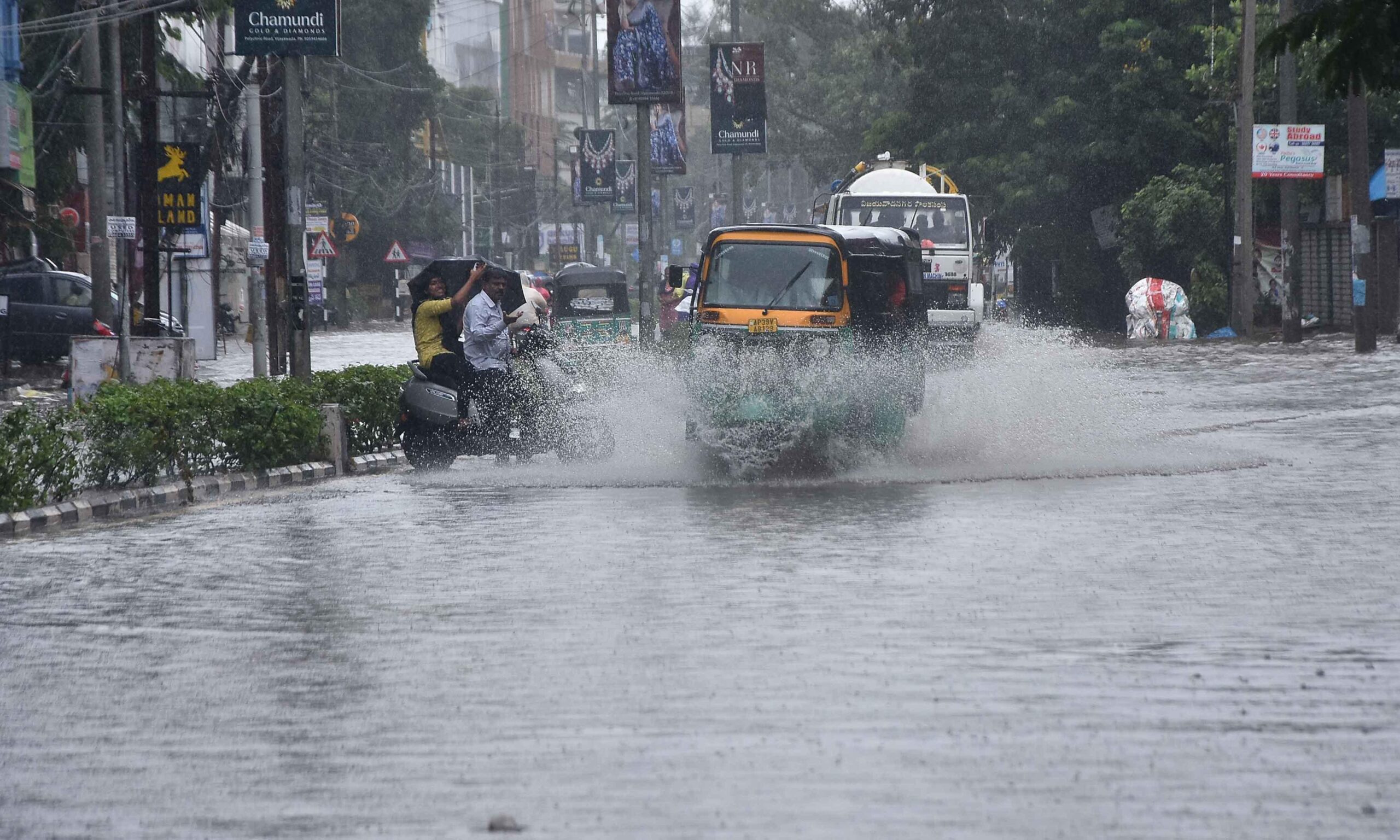
Heavy downpours have battered coastal Andhra Pradesh and parts of Rayalaseema as a low-pressure system over the Bay of Bengal strengthens into a depression. The weather disturbance is expected to make landfall along the south Odisha–north Andhra Pradesh coast soon. The intensifying system has triggered warnings of heavy rainfall, strong winds, and local disruptions across several districts.
Regions Under the Impact
Districts such as Srikakulam, Vizianagaram, Eluru, Guntur, and parts of coastal Andhra are experiencing moderate to very heavy rain. Meanwhile, Rayalaseema districts are not spared—some areas report thunderstorms, gusty winds, and frequent lightning. The impact is being felt in urban and rural zones alike, particularly where drainage infrastructure is weak.
Risks to Infrastructure and Communities
Flooding of roads, waterlogging in low-lying localities, and overflow of canals and drains are the immediate concerns. In smaller towns and rural belts, damaged access routes may isolate villages temporarily. Power outages and communication disruptions are possible, especially where overhead lines are exposed.
Government Response and Precautions
State authorities have mobilized disaster response teams including NDRF and local forces. Control rooms are active, public alerts issued. Fishermen have been urged to avoid going out to sea, and people are cautioned to stay clear of flooded areas and shaky structures. Preparations are underway to evacuate vulnerable communities if necessary.
Long-Term Implications
While heavy rain may help replenish reservoirs and ease drought stress in some areas, repeated intense downpours strain soil stability and increase landslide risk in hilly zones. For smaller towns and semi-rural regions, the infrastructure gaps—like weak drainage, undersized culverts, poor road elevation—become stark under extreme weather stress.
Conclusion
The rain assault across coastal Andhra and Rayalaseema is a reminder that India’s weather systems are becoming more volatile. For citizens in smaller towns and peripheral districts, this means more frequent disruptions and risks. The real test lies in how well preparedness and infrastructure keep pace. What happens in the next few days could determine whether communities ride out the storm or suffer preventable damage.








